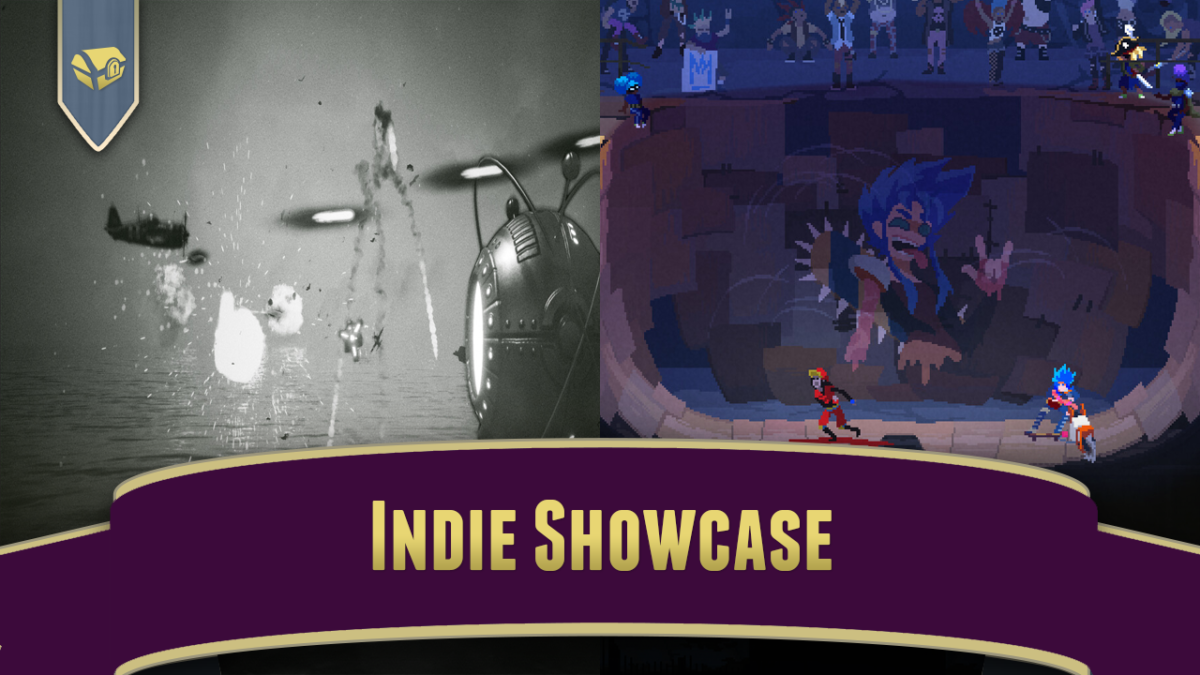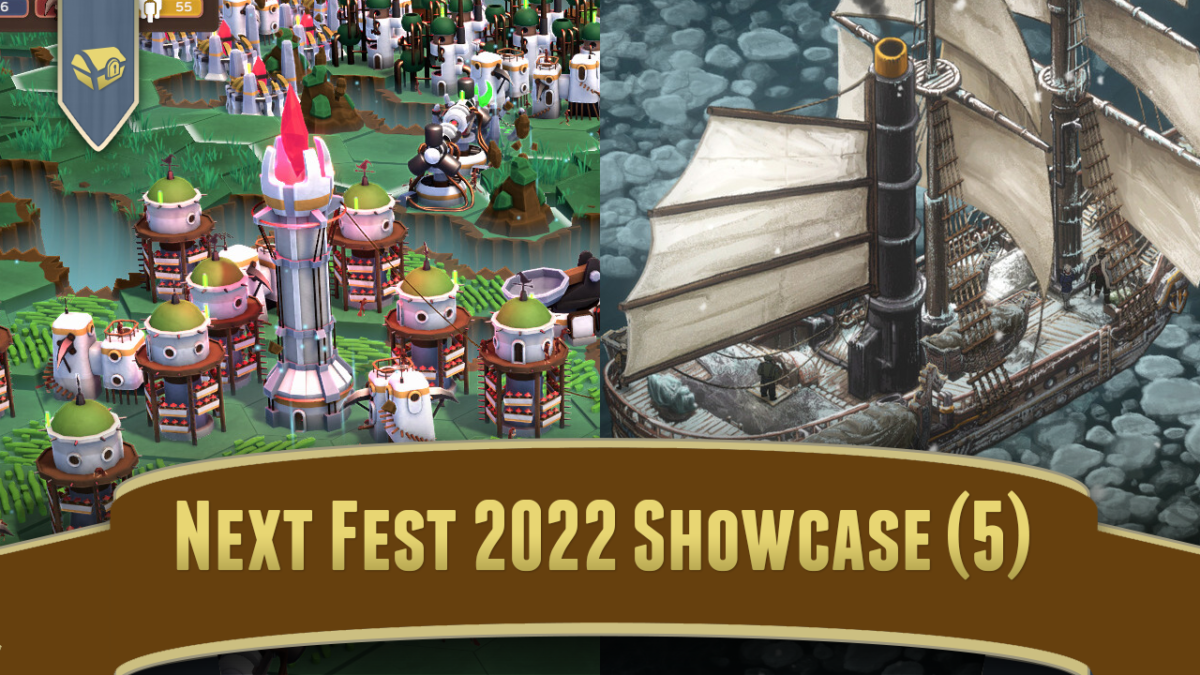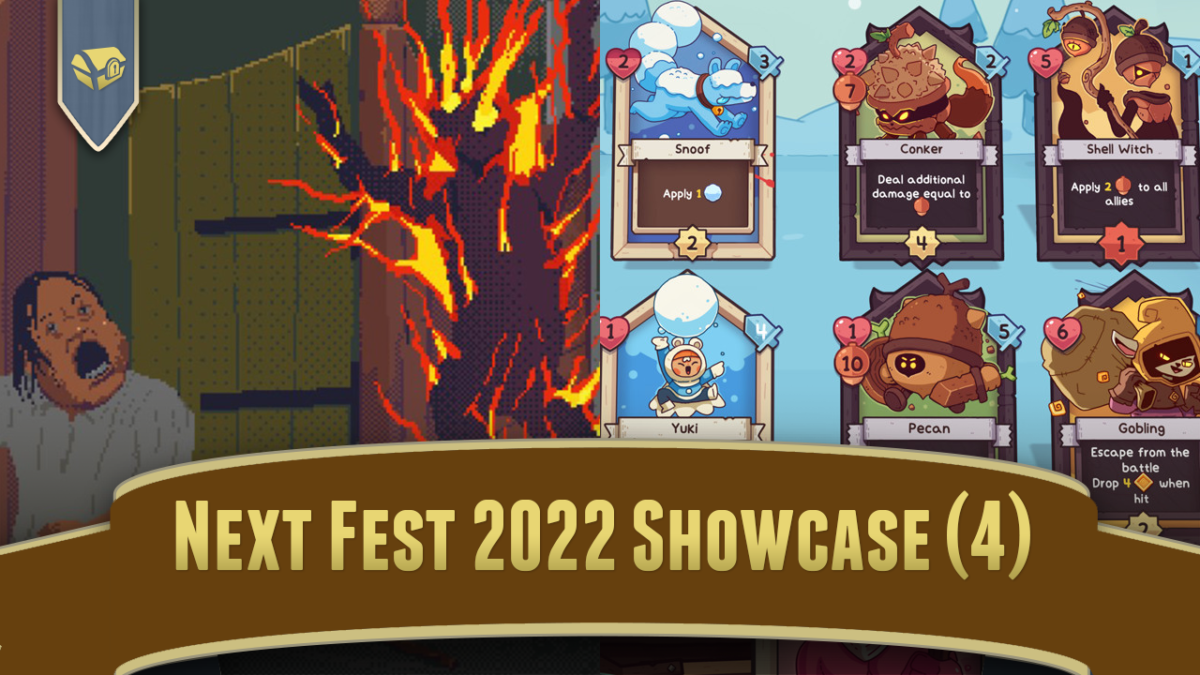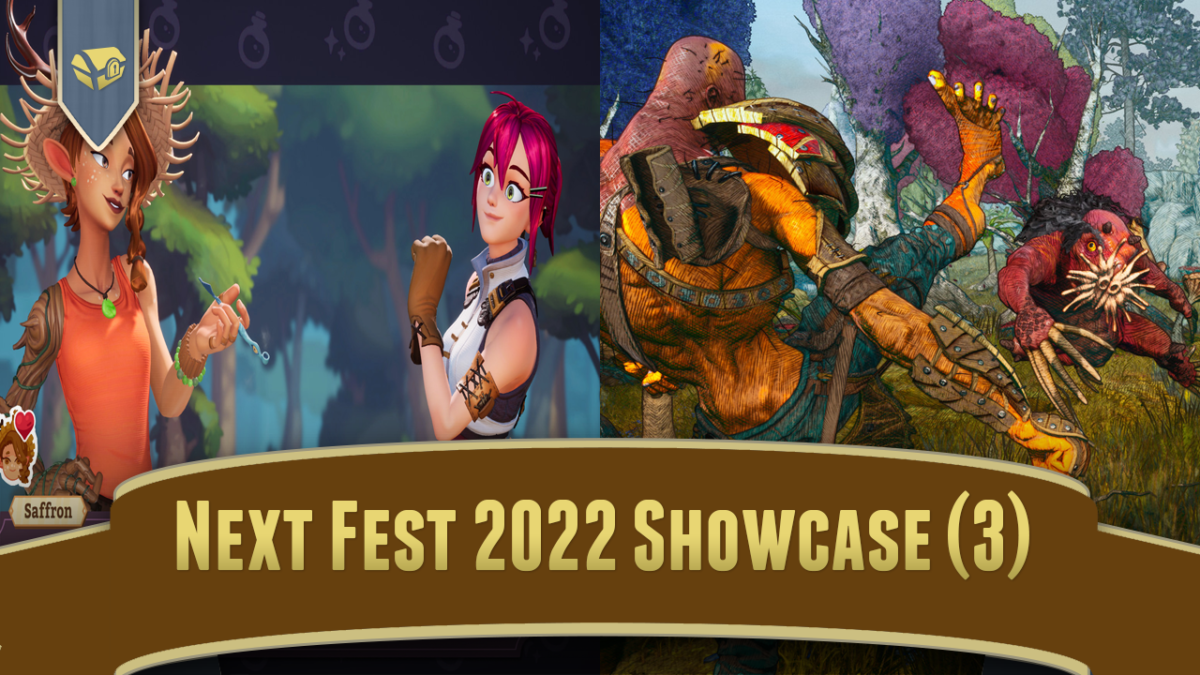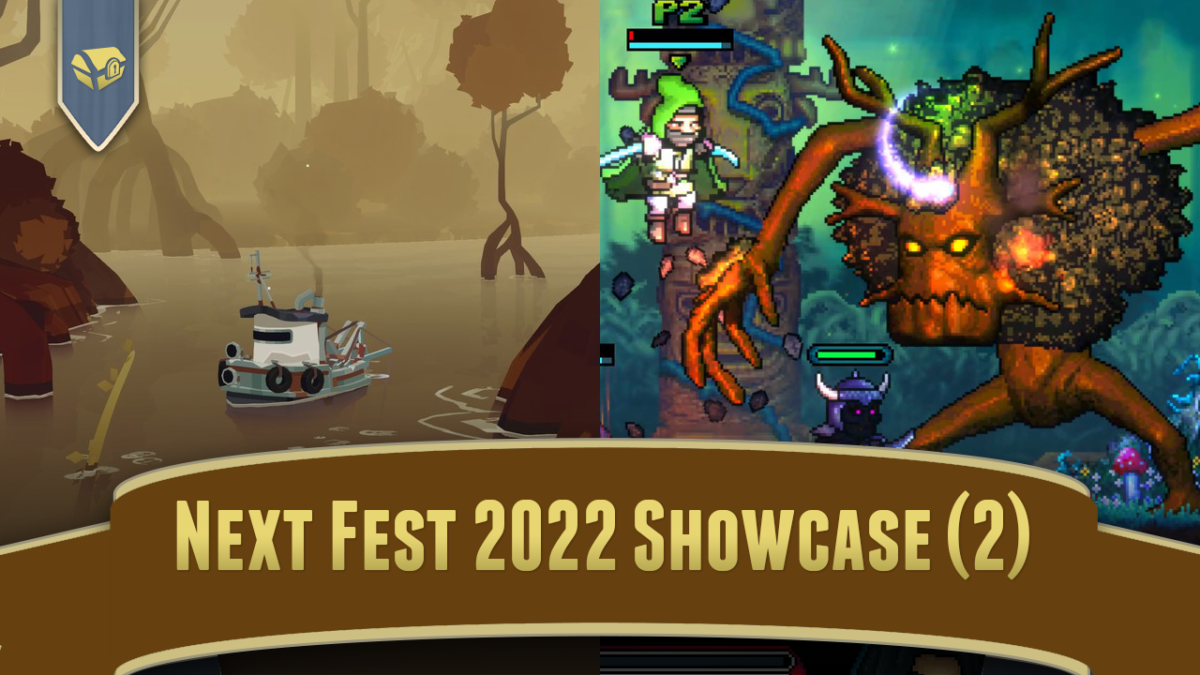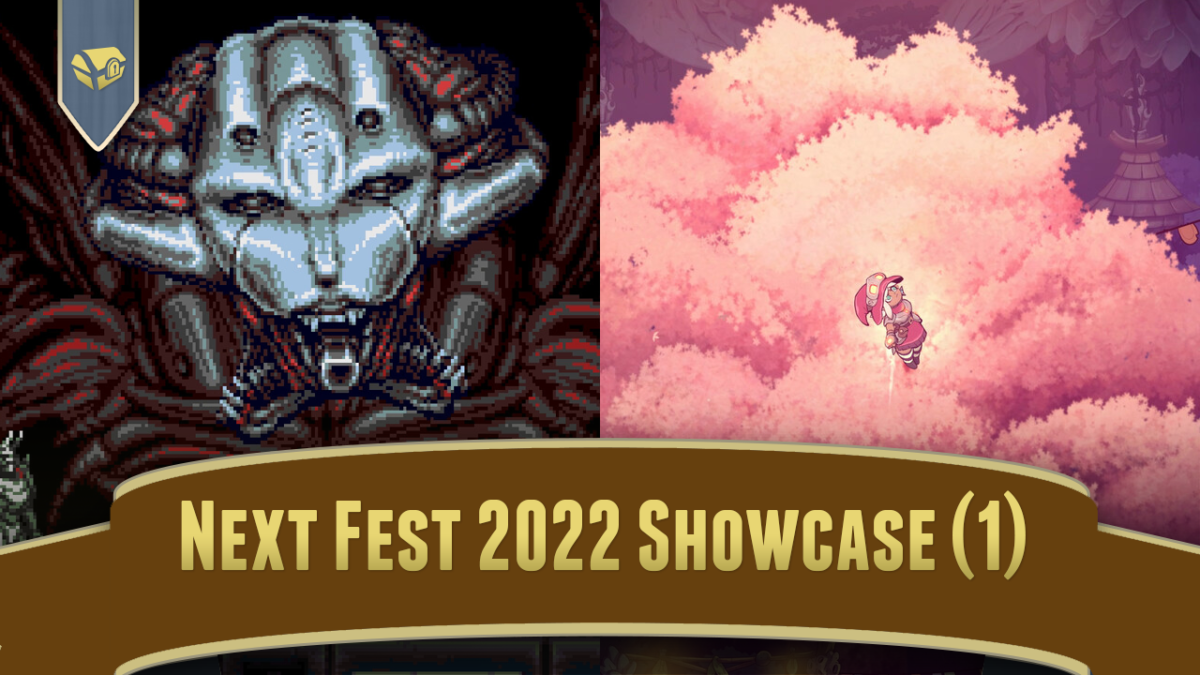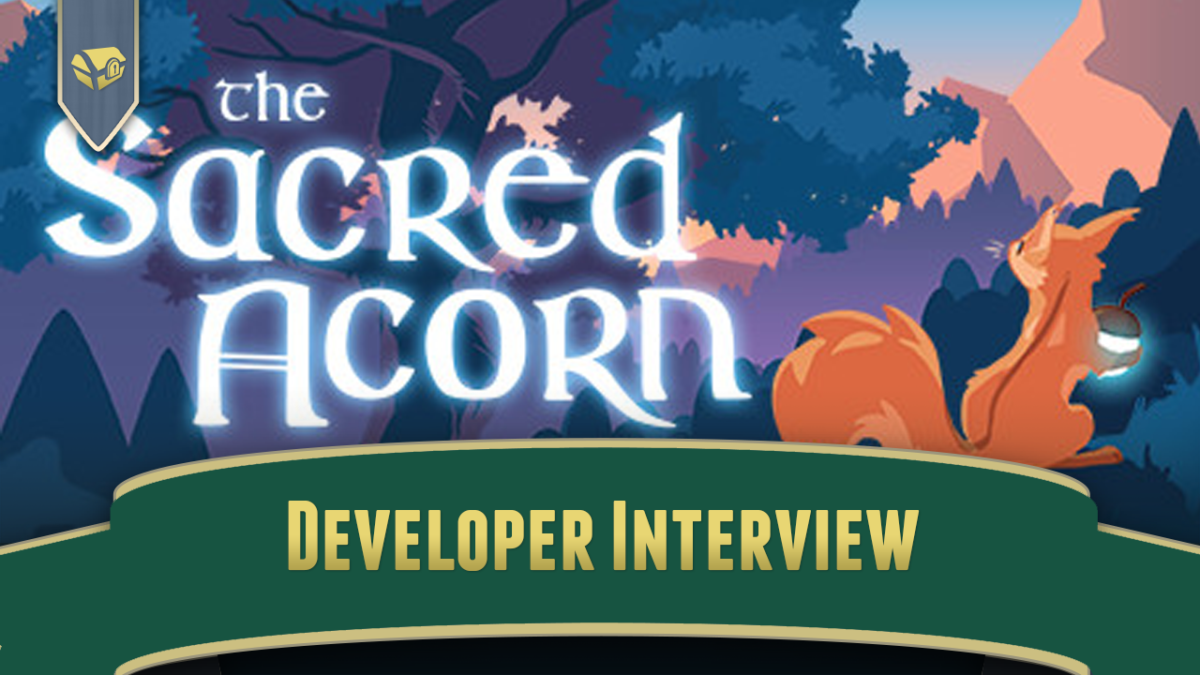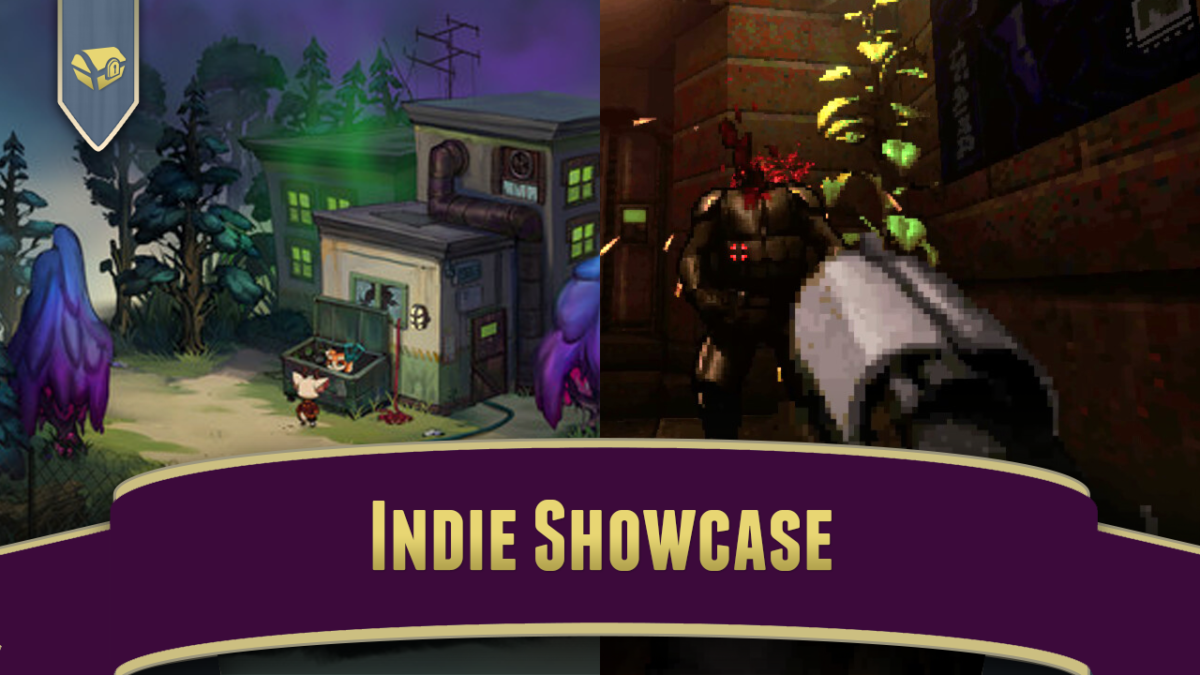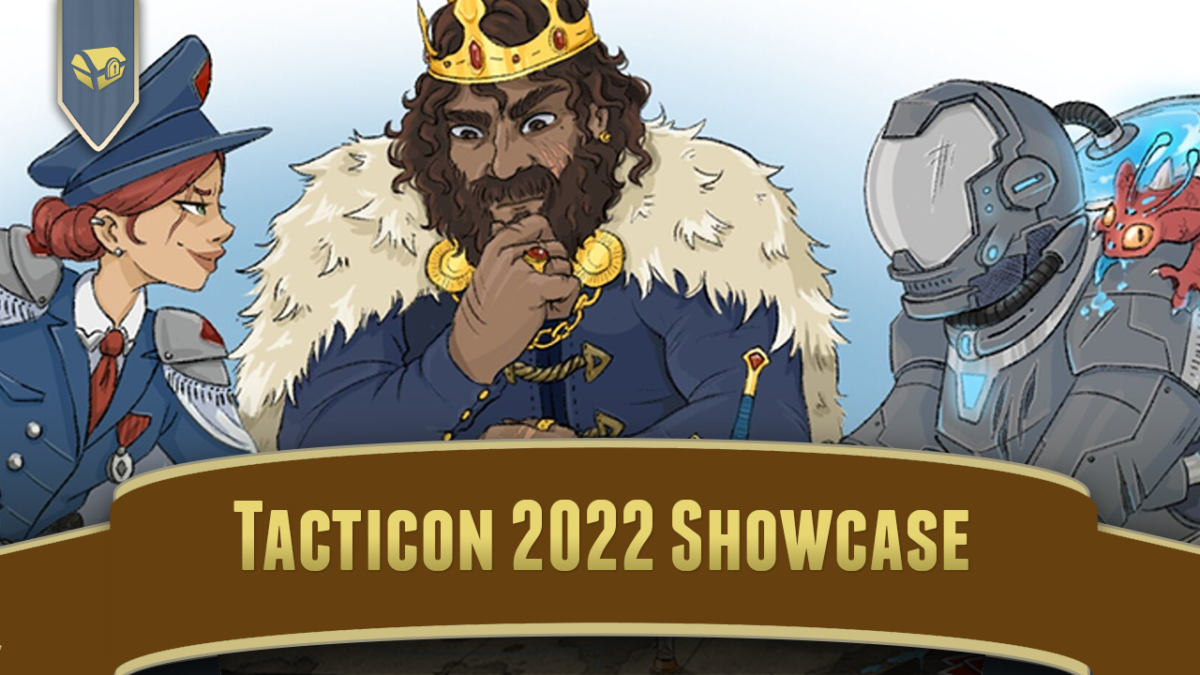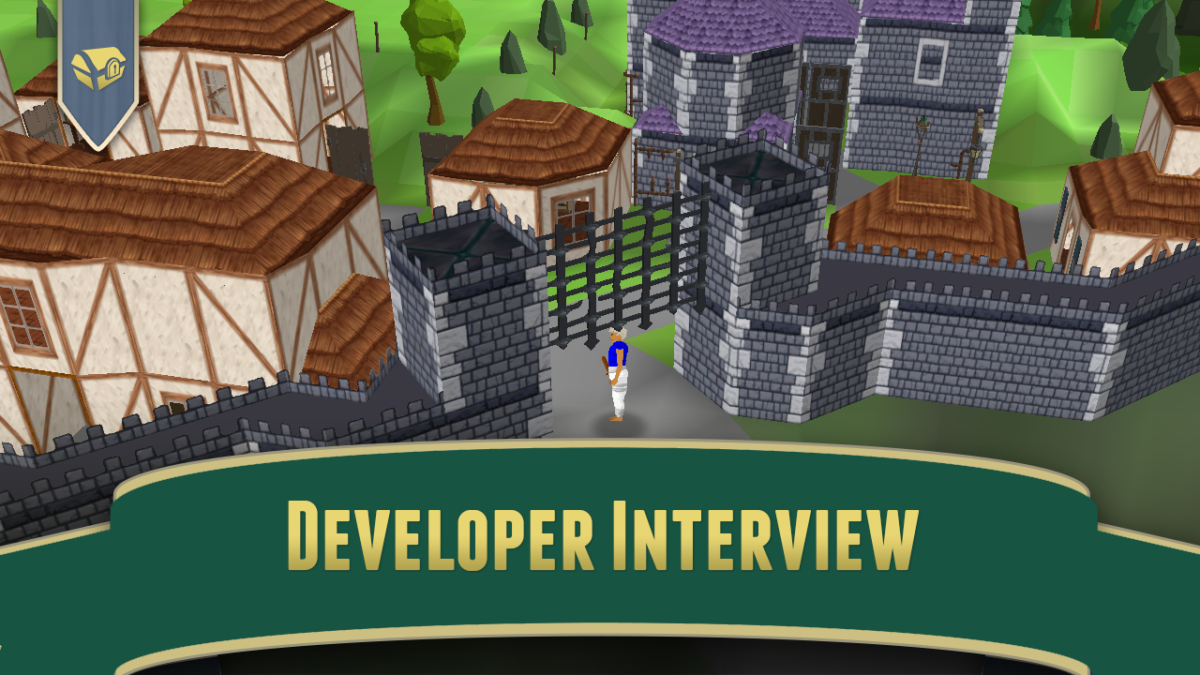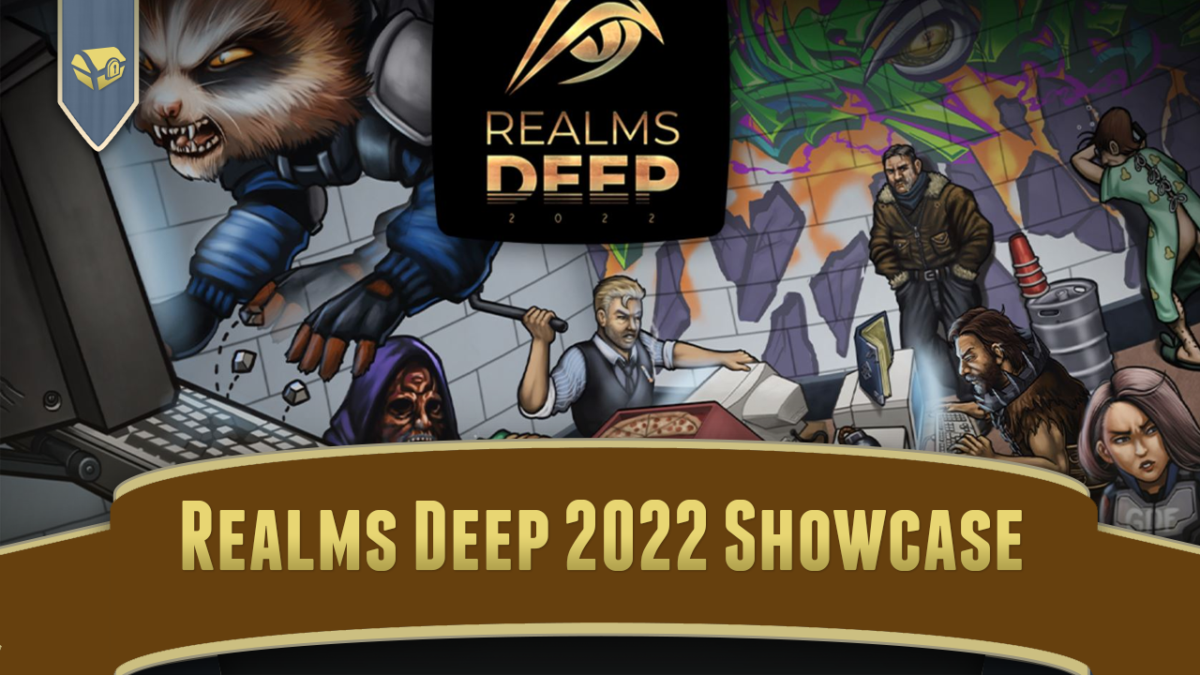This is the archive from our nightly stream on Game-Wisdom. If you would like to watch them live, I stream nightly starting around 9:30 PM ET on youtube.com/c/game-wisdom.
Games shown:
- 0:00 Squad 51 vs. the flying saucers
- 44:46 Temple of Starlight
- 1:12:15 Turbo Kid
- 1:44:12 There is No Light
- 2:29:41 Taiji
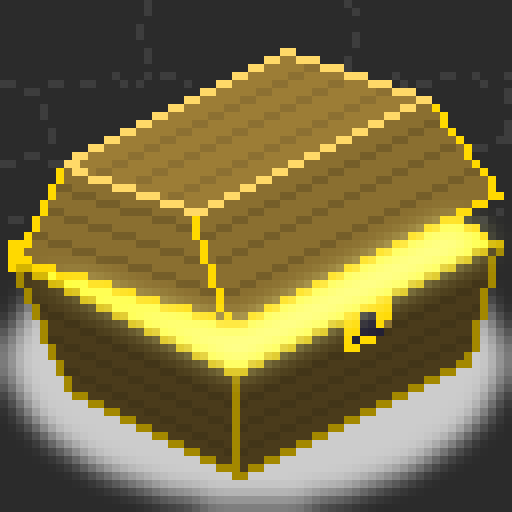
Owner of Game Wisdom with more than a decade of experience writing and talking about game design and the industry. I’m also the author of the “Game Design Deep Dive” series and “20 Essential Games to Study”

